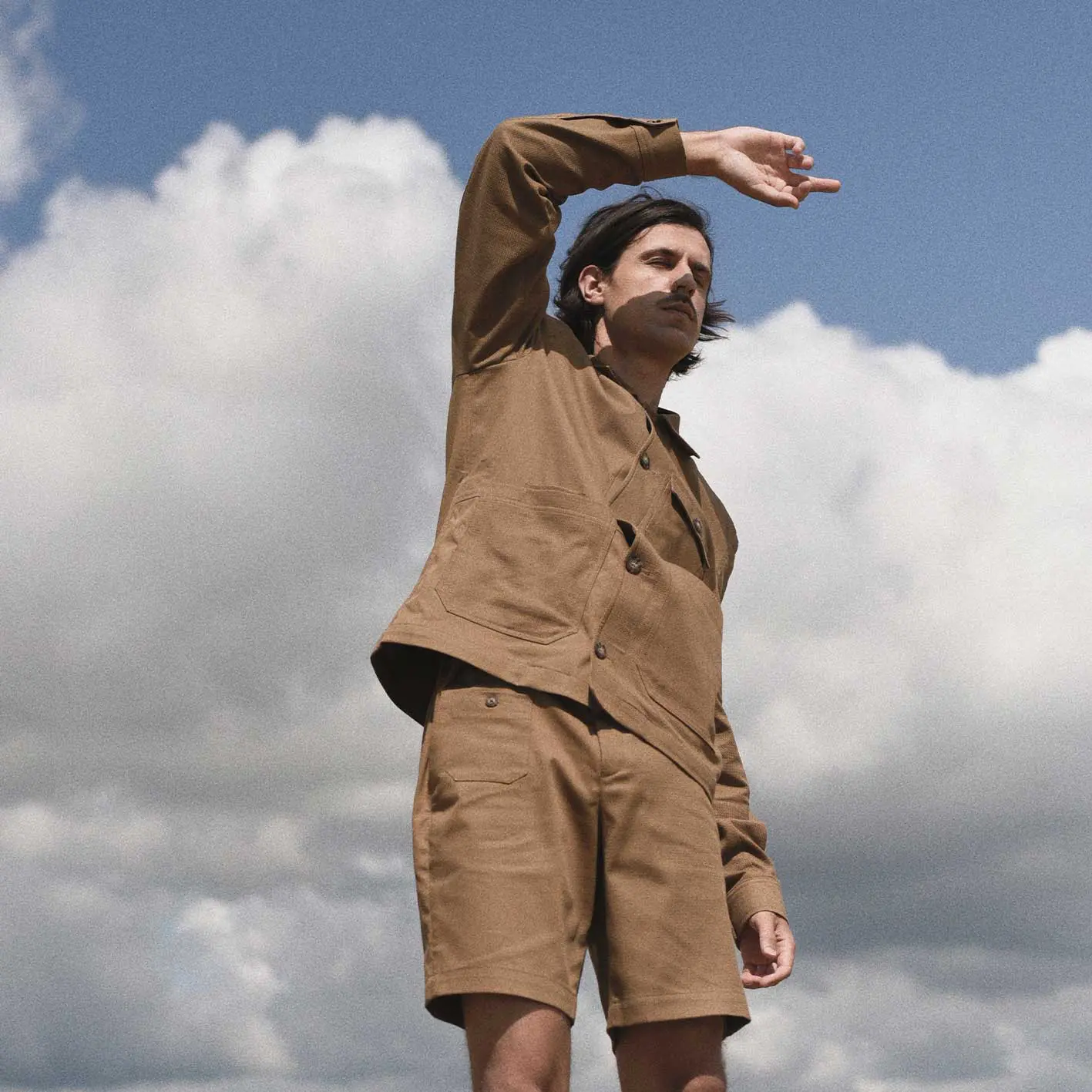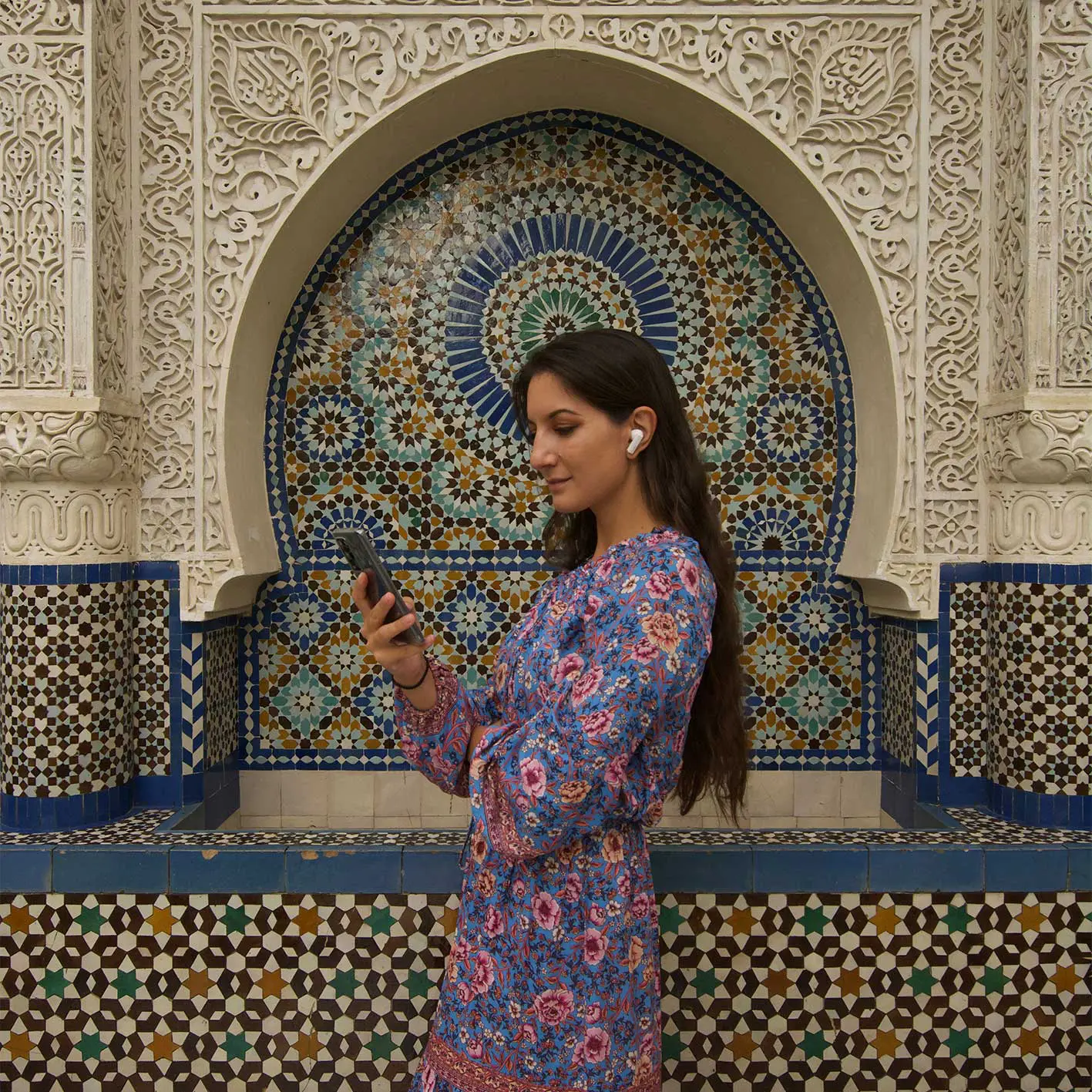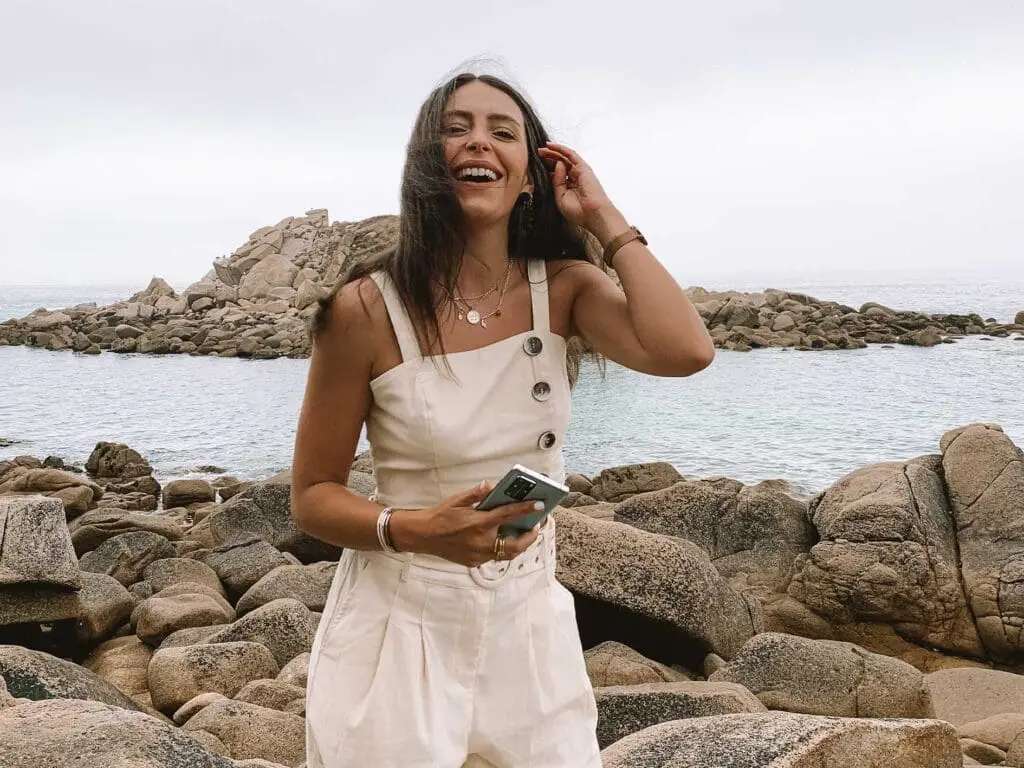67% of consumers say they’ve increased their online shopping since the start of the pandemic and 91% are likely to continue purchasing more items online in the future.
That’s according to Stackla’s new research, which identifies what a huge opportunity lies in engaging and converting online shoppers. For brands, social media is a great place to reach their customers en masse. Particularly since 56% of consumers say they’re more influenced by social media content when online shopping now than they were before the pandemic.
Many brands have turned to boosting to supercharge their influencer marketing campaigns and drive prospective customers to their ecommerce sites. Via Instagram’s Branded Content or TikTok’s Spark Ads, authentic creator content can be amplified into the feeds of your customers and targeted with precision.
It’s an effective tactic that has driven up to 180x ROAS for Vamp clients. Not sure what ROAS means? Keep reading for our brands most frequently asked boosting questions.

What content should I boost?
Boost content that will stand out in feeds and stop users scrolling. When possible, boost video content to help capture your audience’s attention and maximise your engagement. If you’ve run an organic influencer marketing campaign first, you can use the organic influencer performance data to help you identify the most engaging content. Review each individual post and boost the top performers, that way you know the post will return on investment.
What type of content performs best in boosted posts?
Content that feels authentic to that platform and doesn’t feel intrusive performs the best. You want to think about enhancing the user experience, not disrupting it, so lean into the trends of that platform. For TikTok, that may mean light hearted challenges, while on Instagram it may mean beautiful flatlays.
How are boosting campaigns measured – and what does ‘good’ look like?
Boosting campaigns are measured with a ‘return on ad spend’ value (ROAS). This is the total revenue generated for a specific marketing channel divided by the total spend on that channel. Here, you’re looking for the highest possible number.
How to calculate ROAS: (Revenue/Spend) = Return on Ad Spend.
Our campaign with Selfridges had a 113X return on ad spend which means the campaign generated £113 worth of sales for every £1 the brand spent. The cross-media ROAS benchmark is 2.6x. Our Selfridges campaign was 46.2x higher than this platform benchmark. You can learn more about this case study here:
How do you maximize conversions?
Vamp will always split-test variables (e.g. targeting, ad formats, placements) to find the most effective combinations for your brand. But creating a smooth user journey is also super important. Ensure your copy, content and landing page convey a consistent message, so your customer’s path to purchase is clear and easy. Make sure you also have a properly functioning Facebook Pixel on your website to track purchase activity (including purchase value).
Is it true that results improve over time?
With repeat or ongoing campaigns, you benefit from compiling data. You can retarget audiences who have engaged with your brand previously, particularly those who have shown high intent (e.g. visited your website or added to cart). This is why conversion results tend to improve overtime. Here you can see Russell & Bromley’s boosting results improved from 7x ROAS to 12x ROAS.
How does Apple’s tracking restrictions impact campaigns?
Apple’s iOS 14.5 update introduced a new App Tracking Transparency policy, so apps now need to ask for permission when they use certain information from other apps and sites to ‘track’ users for advertising purposes. This new policy can impact your campaign’s data collection, personalisation, targeting and reporting.
But it’s not all doom and gloom. Data is still available for android users and non-iOS 14.5 users. Plus, apps like Facebook are implementing Aggregated Event Measurement which will allow for the measurement of web events from iOS 14.5 users. They’re also implementing Apple’s SKAdNetwork app attribution API to ensure that app-based businesses have the best possible measurement experience when it comes to assessing marketing performance. Learn more here:
How do I boost influencer content?
There are three key social platforms where boosted influencer content feels most authentic and is most effective at driving results, thanks to their specialised targeting abilities. These platforms provide various ways to boost content so that you can get it in front of the right consumers and optimise ads for specific outcomes.
There are two key ways to boost influencer content on Instagram. The first is to use Instagram’s Branded Content Ads (BCA) function. When a creator shares a branded content post or Story with their organic audience, they can give you (their business partner) permission to turn that content into an ad.
The second option is to boost the content directly from the influencer’s account. Through the Vamp platform, access to influencer’s accounts can be granted to recreate the post as an ad. This allows the boosting campaign to leverage the full array of objectives, ad formats and placements available, including popular placements not currently supported by BCAs such as Reels and IGTV.

TikTok
TikTok also provides two ways to boost content. First is to use TikTok’s Spark Ads function. This allows brands to create ads from content already published on TikTok. These ads have unique functionalities and feel and act more like regular TikToks. Users can click through to the account’s page, the audio’s page or the advertiser’s landing page.
The second option is to create regular video ads in the For You Page. This option allows brands to upload creator’s video content and input a custom account name to represent the ads. This is an effective option for brands that don’t yet have a TikTok presence or don’t have any published TikTok content to leverage.
YouTube
Influencer content can be boosted on YouTube across the platform’s top-to-bottom funnel objectives, from awareness and reach, to website traffic and sales. Boosting here allows a brand to place the content amongst search results relating to keywords and topics as in-stream ads, within relevant videos being viewed, as well as reaching beyond YouTube across video partners on the vast Google Display Network.
To start your next boosting campaign on any of these social platforms, get in touch with Vamp’s sales team.

